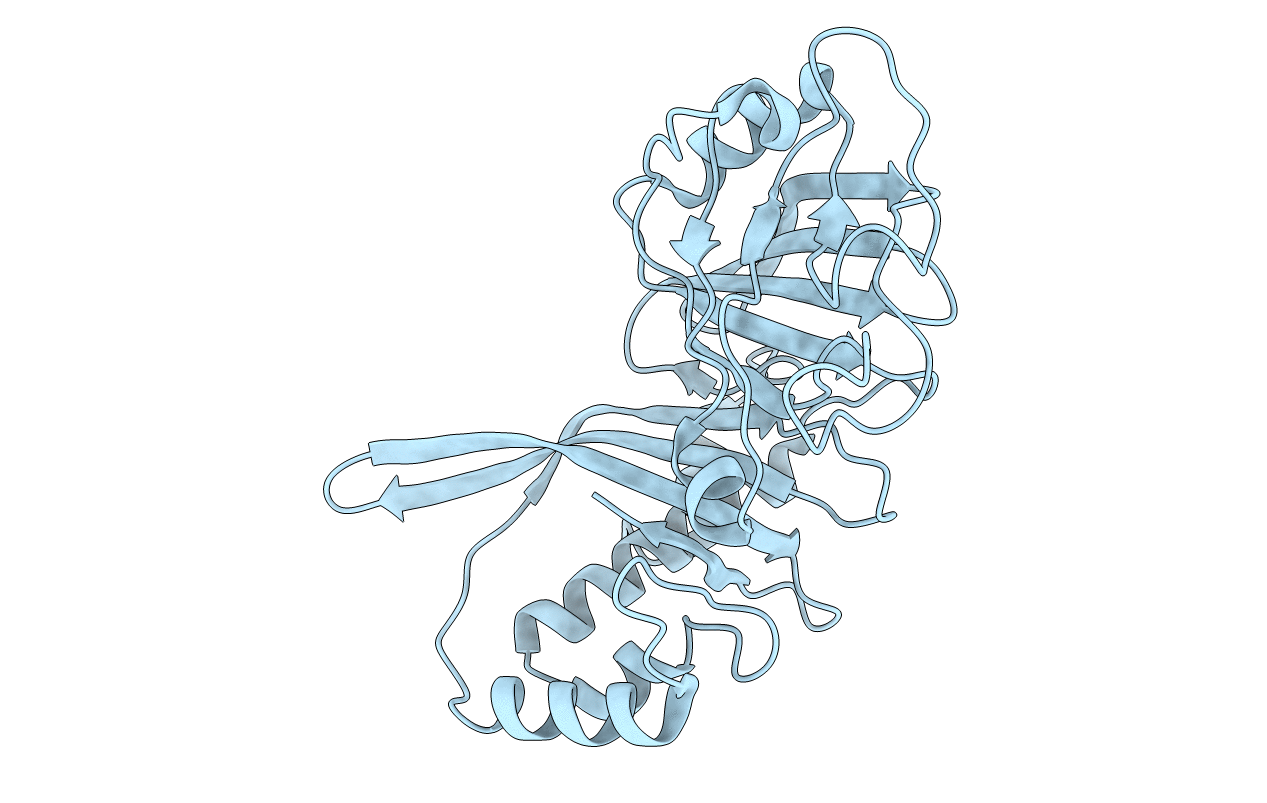
Deposition Date
2020-06-23
Release Date
2021-03-17
Last Version Date
2023-10-18
Entry Detail
PDB ID:
6XJ6
Keywords:
Title:
Crystal structure of the helical cell shape determining protein Pgp2 from Campylobacter jejuni
Biological Source:
Source Organism:
Campylobacter jejuni subsp. jejuni (Taxon ID: 354242)
Host Organism:
Method Details:
Experimental Method:
Resolution:
1.50 Å
R-Value Free:
0.19
R-Value Work:
0.15
R-Value Observed:
0.15
Space Group:
P 21 21 21


